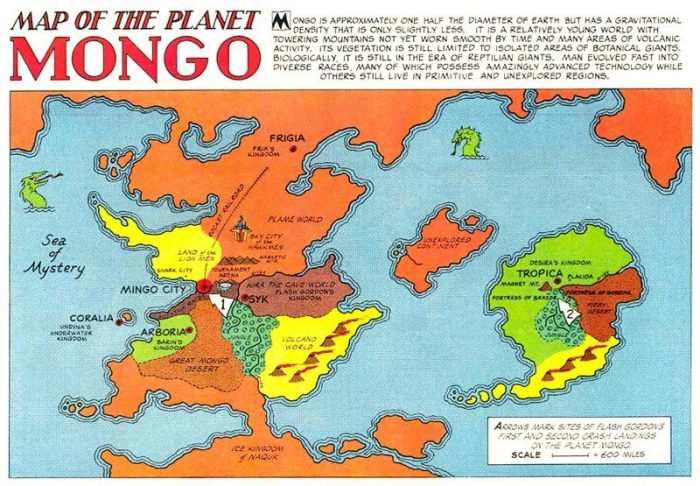Geography
Nothing builds intricate worlds like the attention to detail given to the story’s geography. What makes a setting compelling is the effort that goes into creating elaborate planets that are logical and familiar in terms of geology, history, climate and all that encompasses the geographical nature of the fictional world.
Continue reading “Panology of Science Fiction: G”





